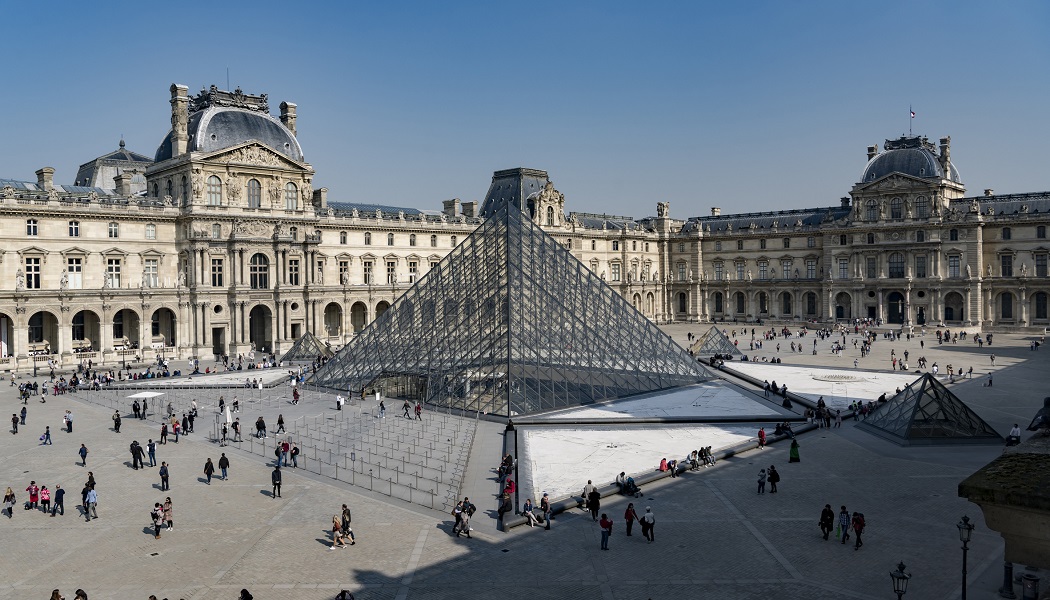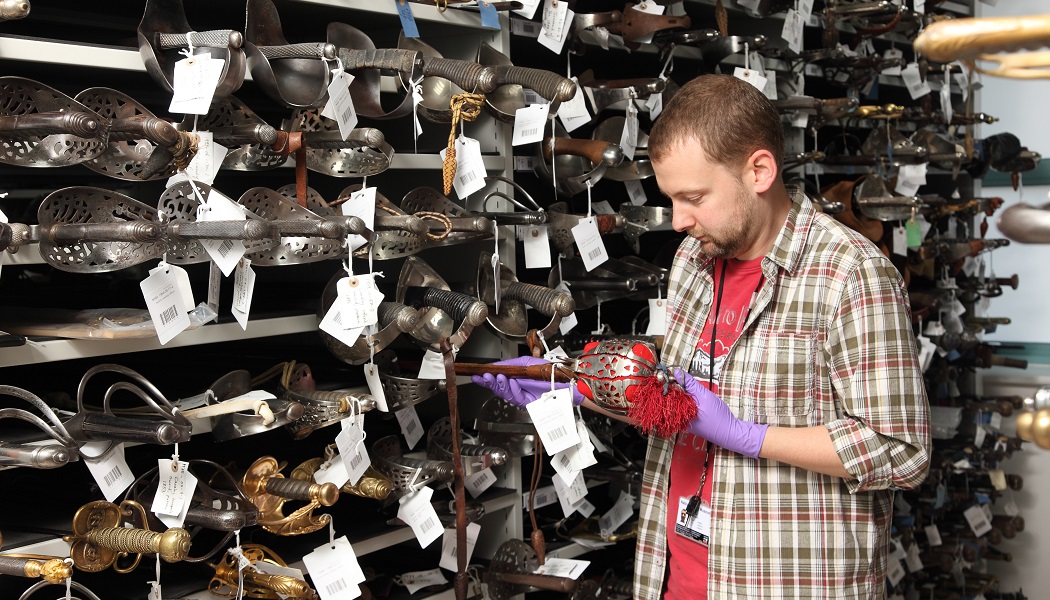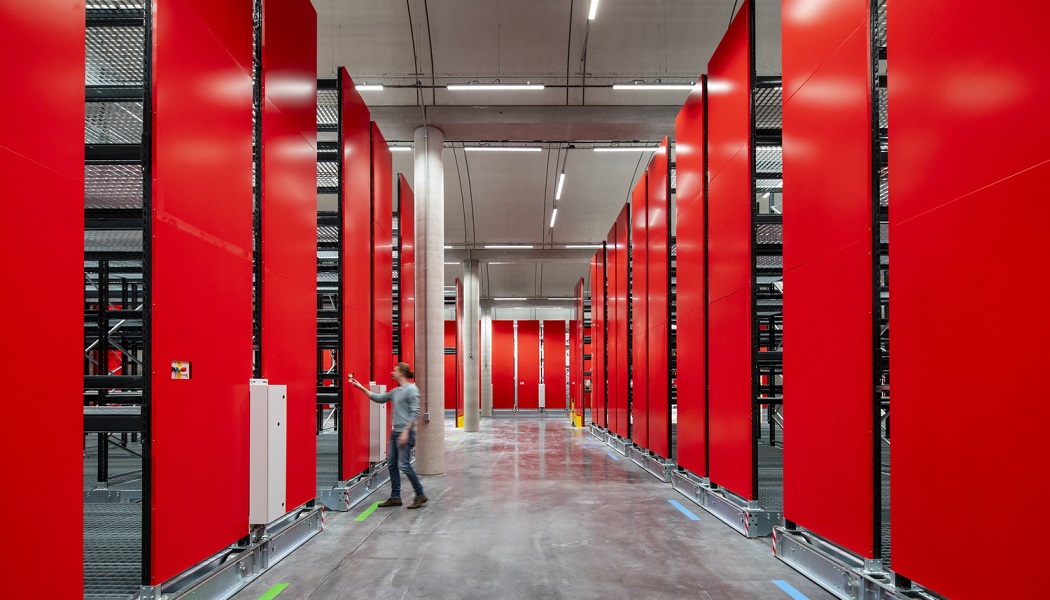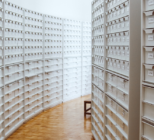While anecdotal evidence suggests many visitors to the Louvre have eyes only for the Mona Lisa, the iconic Parisian museum boasts a remarkable collection of more than 250,000 items. Preserving and protecting this artistic arsenal is a monumental task.
The organisation’s latest masterpiece is neither a painting nor a sculpture, but rather a unique amalgamation of cutting edge architecture and engineering in the French countryside.
Moving motivations
When the tiniest changes to air humidity can cause catastrophic damage to ageing artworks and artefacts, storing items in facilities vulnerable to flooding – at a time when global water levels are perpetually swelling – is a disaster waiting to happen.
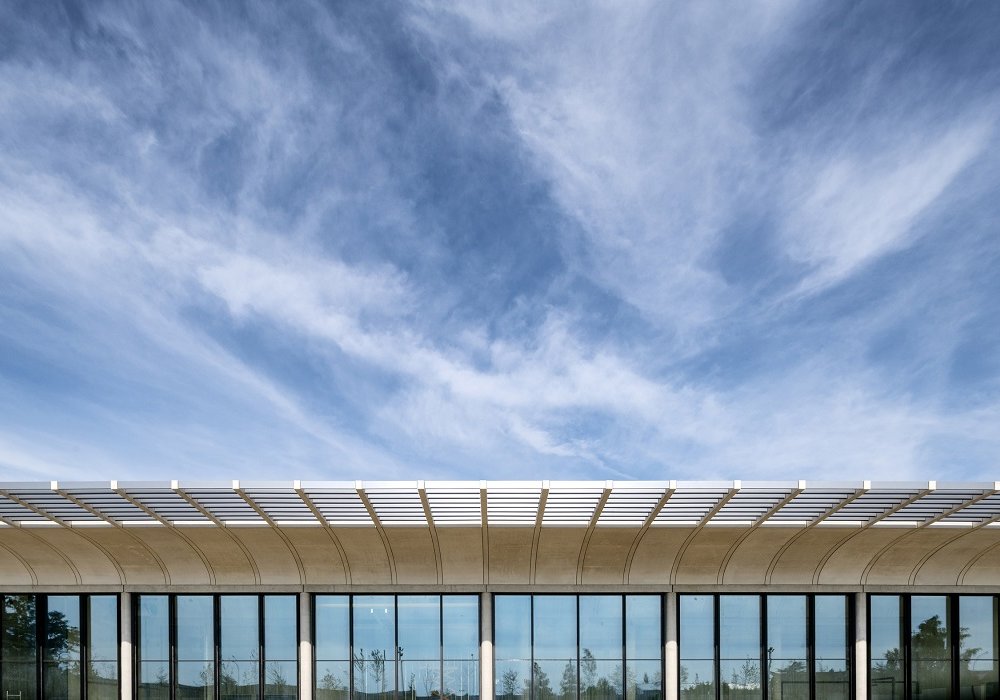
The Louvre’s vast collection has, until now, been spread across 60 sites in Paris and surrounding areas – most of which are situated in areas vulnerable to flooding. Approximately 150,000 of the Louvre’s artefacts are stored below the level of the River Seine, Brice Mathieu explains, “so if there is a flood in Paris, we would lose it all”.
A specially devised Flood Risk Prevention Plan has been in place at the museum since 2002 to ensure immediate action can be taken to safeguard as much of the collection as possible.
In 2018, the Seine bursting its banks led to the temporary closure of the museum’s Department of Islamic Arts. Two years prior to this the river levels reached a perilous 6.07 metres. Despite no infiltrations being identified the Louvre had to close its doors for four days in order to evacuate artworks majorly at risk of damage. Ever since, many items have remained packed to ensure their rapid evacuation can be undertaken.
Ahead of the curve
London’s Natural History Museum has unveiled plans to establish a new flagship science and digitisation centre, opening up more than 80 million specimens to new online audiences and ensuring its artefacts are preserved in the best possible way.
Also in the UK, the National Army Museum has begun to offer ticketed behind-the-scenes tours as a way of introducing the public to seldom seen items in its collection as well as boosting engagement with the Museum itself.
Will these initiatives blaze a trail for many others to follow?
Besides this ever-present risk, another motivation for the project is to end the logistical nightmare of overseeing a collection split over so many sites. Further, several of these existing spaces are “not optimised for the conservation of artefacts because of issues such as humidity management,” according to Mathieu.
Rather than remaining in a perpetual state of apprehension, the Louvre decided conclusive action was required. “We actively researched a definitive solution to ensure our entire collection could be transferred to a safe place,” he told Advisor.
The €60 million purpose-built Centre de conservation du Louvre was the result of this process. “We need to have the best possible facilities to conserve our collection, so we have built the best facility to do this,” the Centre’s director enthusiastically added.
A facility for the future
The Centre’s unique single-storey design features a 17,000 m² turfed roof that houses a leak detection system never before used in France. “If any water breaks through,” Mathieu explained, “the staff will be immediately notified.”
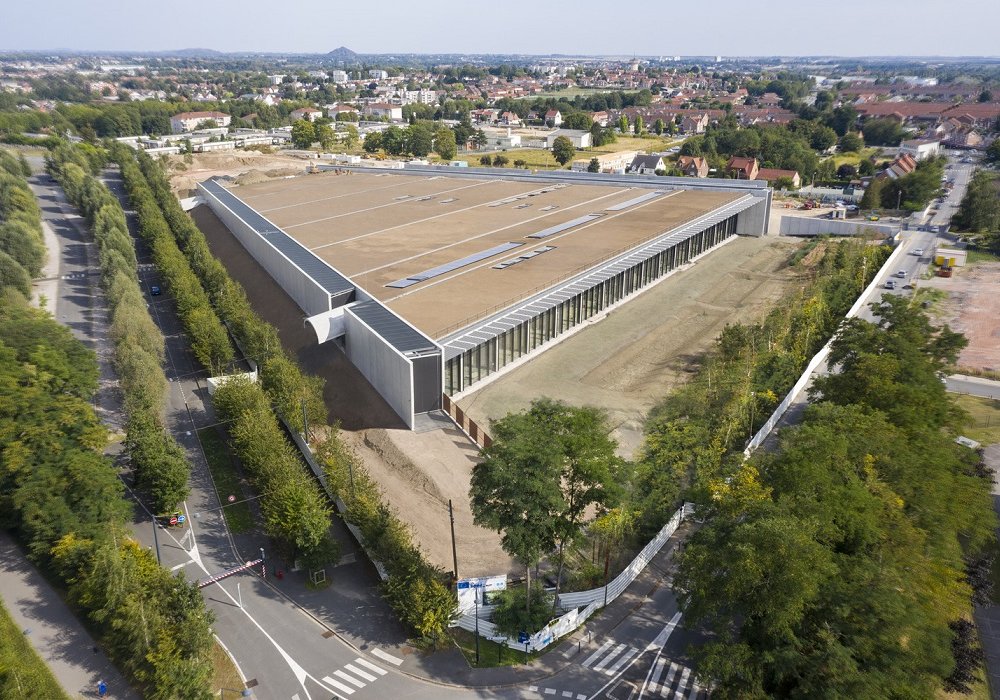
In another first for the nation, the facility hosts a state-of-the-art system enabling easy transportation of larger artworks and artefacts around storage areas on a wheeled system. The mechanisms included in this also enable items to be stored in more space-conscious ways, fully utilising the facility’s area. It was inspired, Mathieu noted, by similar technologies used to stack vegetables high up in warehouses.
The building is subterranean, meaning staff can “control humidity very well because there is no impact from weather. It gives us great climatic control, all of which is made possible through the custom-made design of the building,” he explained.
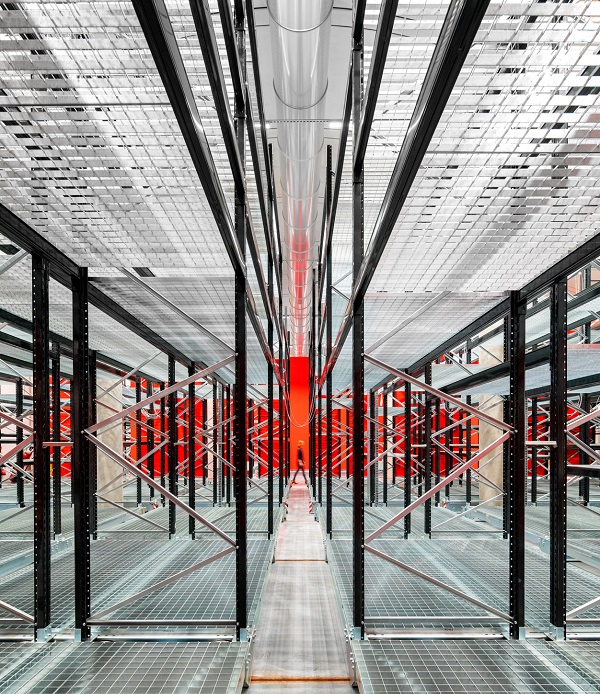
The structure has also been optimised for deliveries, with a 400 m² delivery bay nicknamed the ‘Boulevard of Artworks’ hosting parking spaces allocated dependent on the reason an artwork is arriving on site.
Discussing yet more game-changing possibilities being offered up by the move, Mathieu stated: “For the first time some of our canvasses that are rolled for storage due to their size will be studied through workshops. This is only possible due to the new facilities at the Centre and may lead to future exhibitions that could never have happened otherwise.”
It’s important to us to make this place alive; we don’t want this place to purely be for storage.
Transporting a quarter of a million delicate, culturally priceless items from 60 separate locations is a herculean undertaking. “At the end we will have transferred more than 250,000 items to the site. This will take around four years; we began in 2016 and will complete the migration at the end of 2023,” Mathieu said.
He adds that this would not have possible without the help of a specialist company to package and transfer the collection.
On the move
One of the tasks which is rarely, if ever, kept entirely in-house by museums is the process of packing, transporting and installing artworks. Constantine is one of the specialists that works with a diverse range of institutions to ensure their collections can travel the world unscathed.
To discuss issues including sustainability, installing unusual exhibitions, and the practicalities of importing and exporting art, Advisor caught up with the Constantine team.
Safe, sensitive and sustainable art handling: Q&A with Constantine
SPONSORED
Individually moving the entire collection did, however, offer up the unique opportunity to study and digitise every item in in the Louvre’s vaults.
“During the process of preparing to move, we have taken all of our artefacts one-by-one to be photographed and added to our database – for some items this is the first time this has happened. We have increased our knowledge about our collection and this will also enable us to upload every single artefacts to an online database.
“It’s a great opportunity for both the Louvre and researchers worldwide,” Mathieu adds. “We want to welcome researchers from France, Europe and across the world to visit the conservation centre. It’s important to us to make this place alive; we don’t want this place to purely be for storage.
“It’s an important step for the Louvre, as it will mean we can achieve things we cannot today. It also very important for all the museums in the world,” he concluded, looking back at the project which he hopes can save countless works for future generations.

